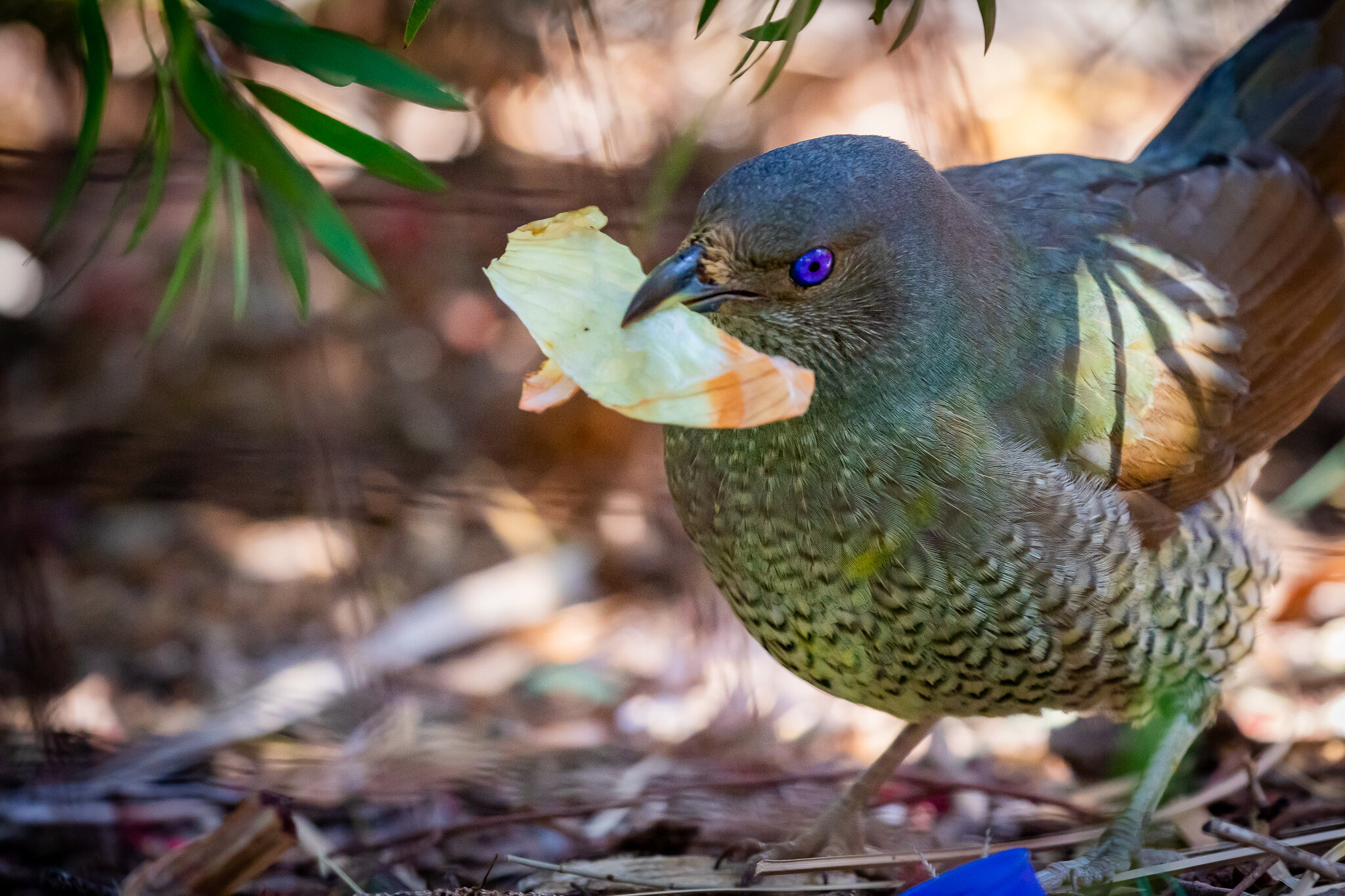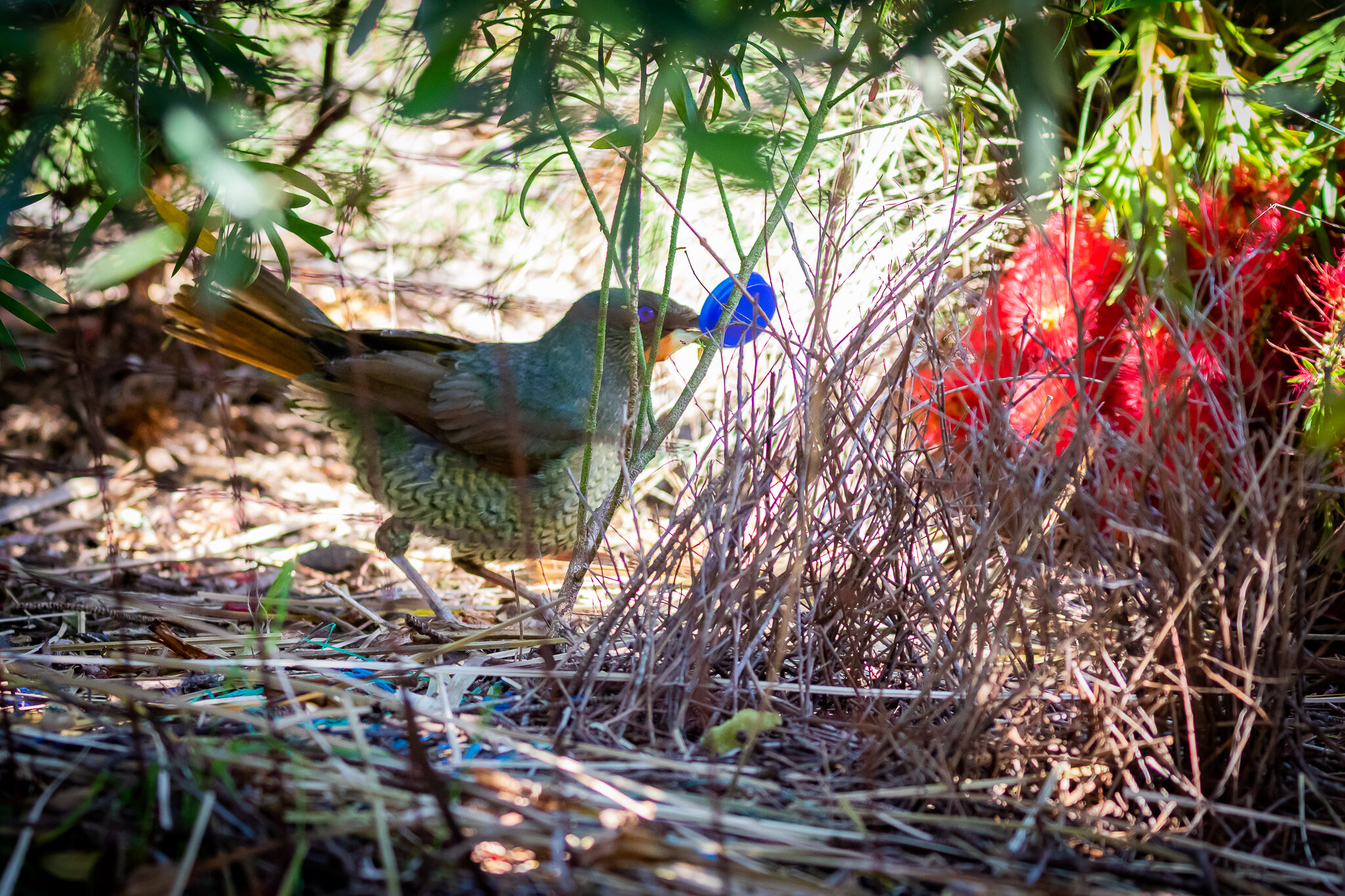It is nearly six months since over 80 per cent of the Shoalhaven’s forests were destroyed by the enormous Currowan bushfire. Recovery of the bush has been better than expected, blessed by the heavy rains that followed the fires. The trunks of many trees are liberally covered by epicormic ‘green’ shoots, the eucalypt’s recovery system that comes into play when the tree’s crown is damaged. Around the forest fringes at ground level a blizzard of weeds of all varieties is growing, interspersed with shoots from the lignotubers of smaller eucalypts and banksias, another recovery mechanism characteristic of the Australian bush. In areas where the fires were very hot sadly the ground is still parched and the trees still bare and lifeless.
This headland suffered severe heat but the ground layer is regenerating, mainly from sprouting lignotubers in a sea of weeds.
In the two years before the fires, bird numbers had already decreased by up to fifty per cent at sites I was monitoring, a result of the drought. In the months before the fires, the bush was very dry and desiccated grass crunched underfoot. Then in the weeks before the fires struck, locals reported hundreds of birds flocking to garden bird baths, apparently the last source of drinking water as the humidity dropped further.
There are many Grey Fantails feeding on insects above the new foliage.
Six months later there are few birds in the high fire intensity areas. On the fringes small birds are invading the weeds, feeding on insects and the seeding grasses. Parrots seem to be finding plentiful food and are ignoring the seed trays I leave out.
This Golden Whistler is an occasional visitor in township gardens, but has been frequently seen since the bushfires.
In the townships small bird numbers have increased. The garden has been visited by Grey Fantails, Golden Whistlers, White-browed Scrubwrens, Lewin’s Honeyeaters, Brown Thornbills, Superb Fairy-wrens and Eastern Whipbirds. Pigeons are spending an unusual amount of time in the town with Wonga Pigeons, Brown Cuckoo-Doves, Common Bronzewings, Crested Pigeons and White-headed Pigeons all sighted recently.
The Brown Cuckoo-Dove, another unusual visitor seen here in a township garden.














































